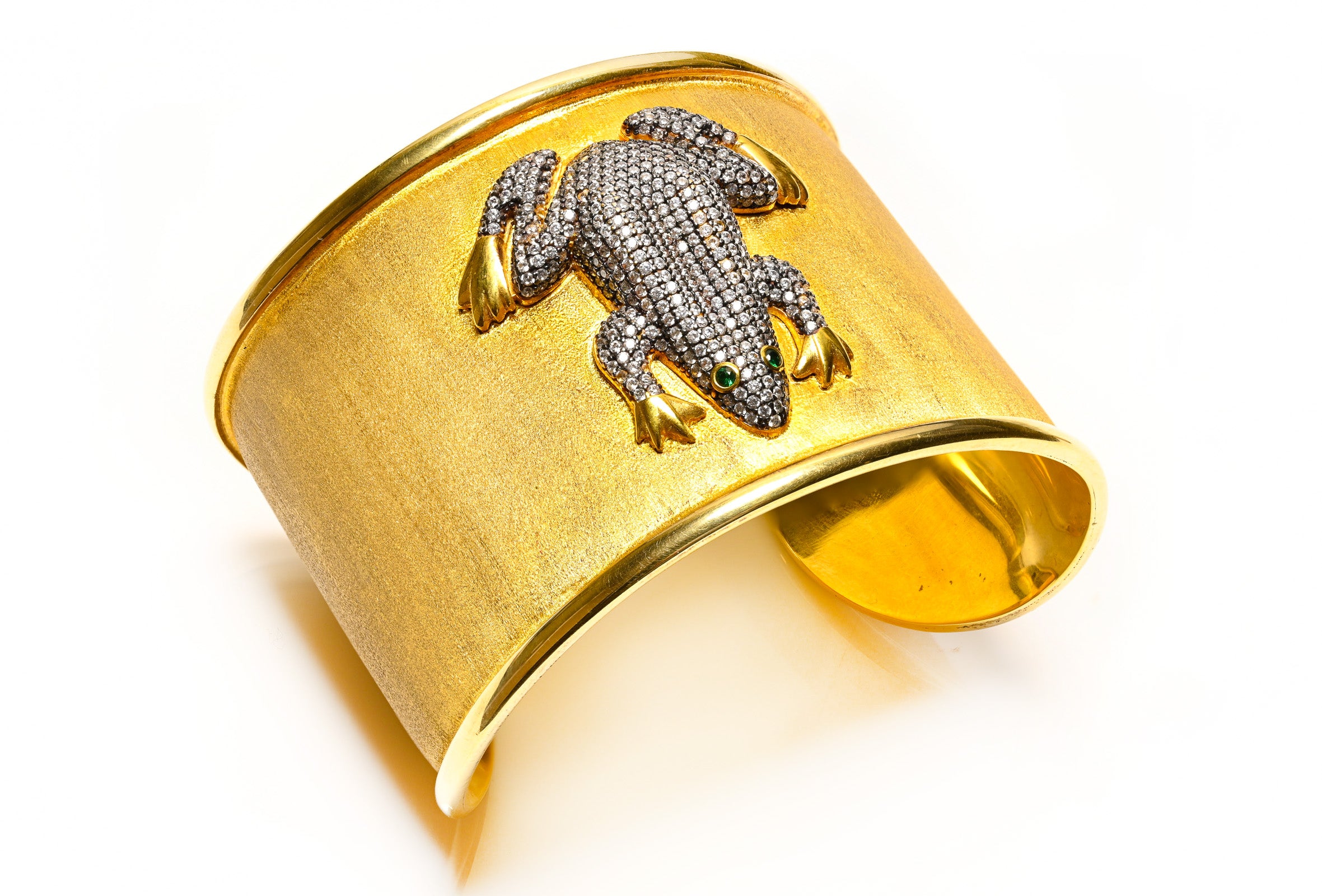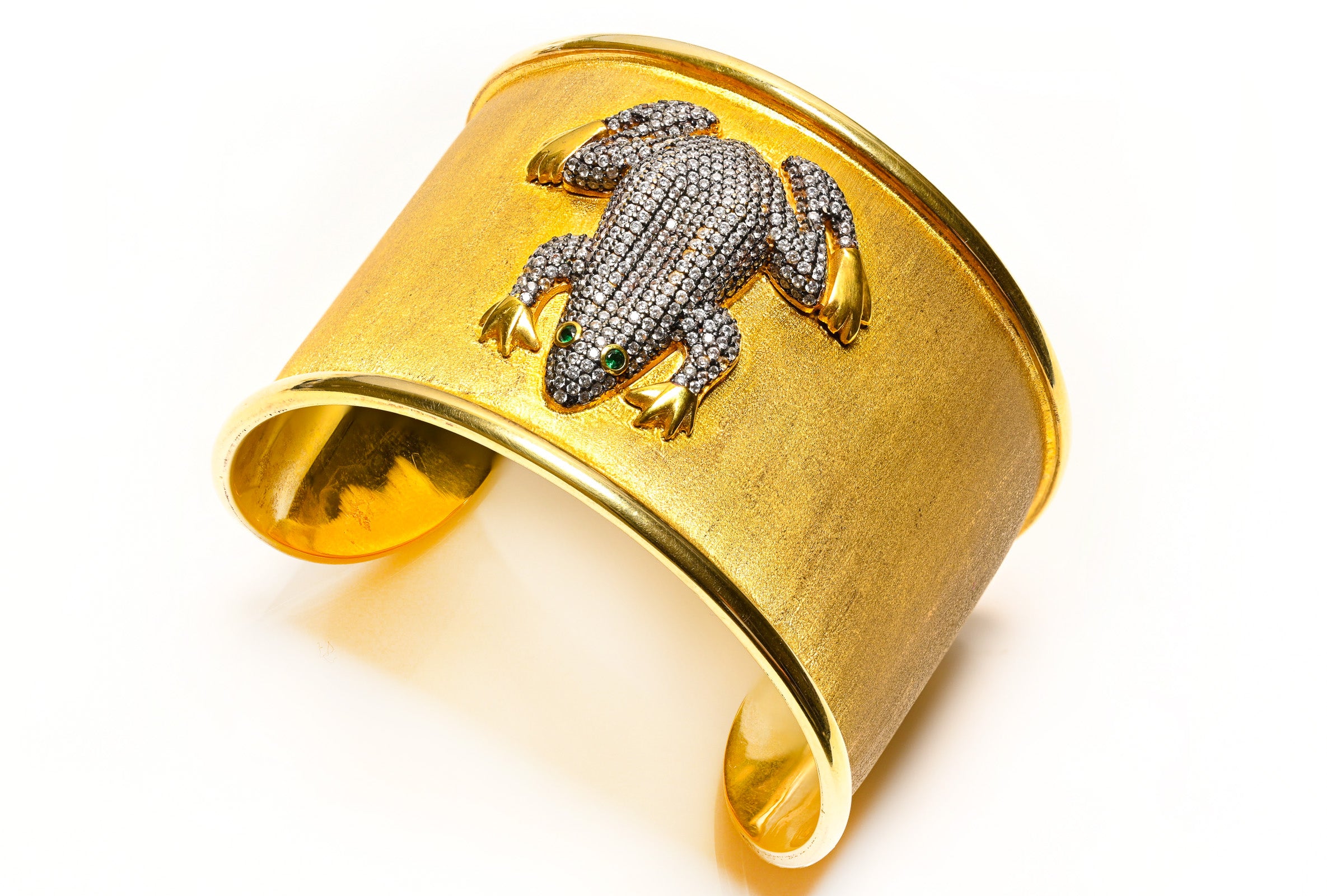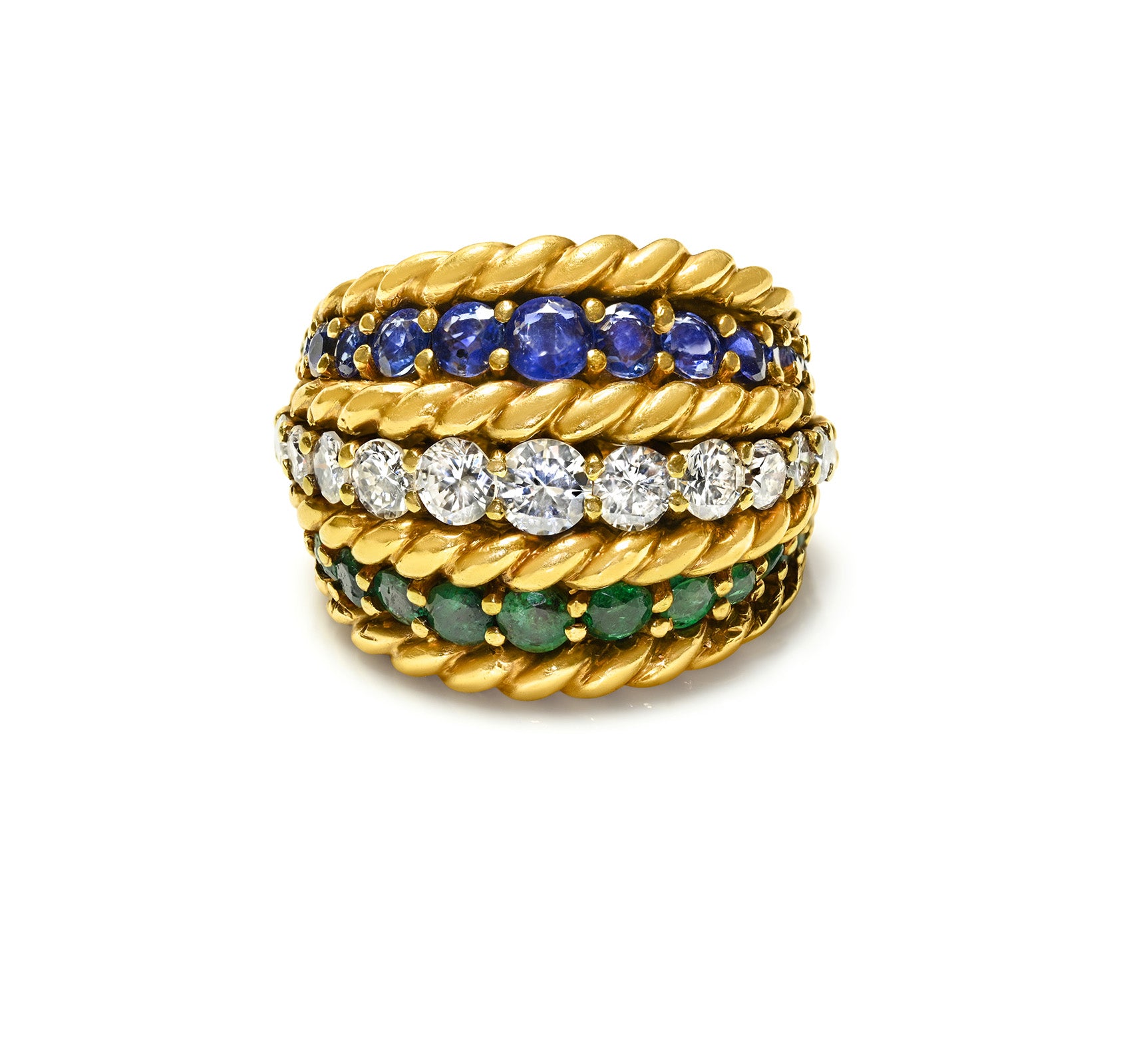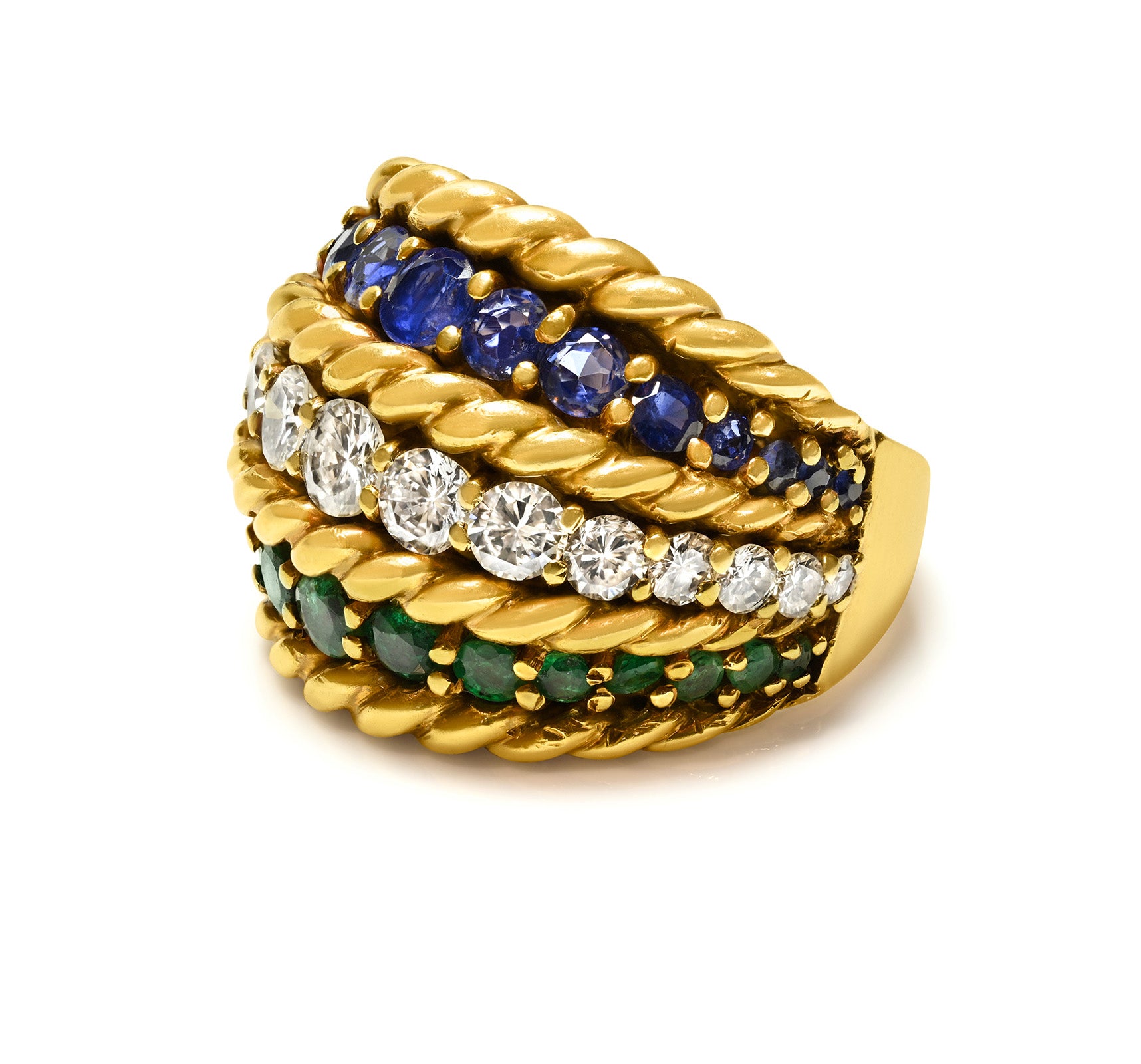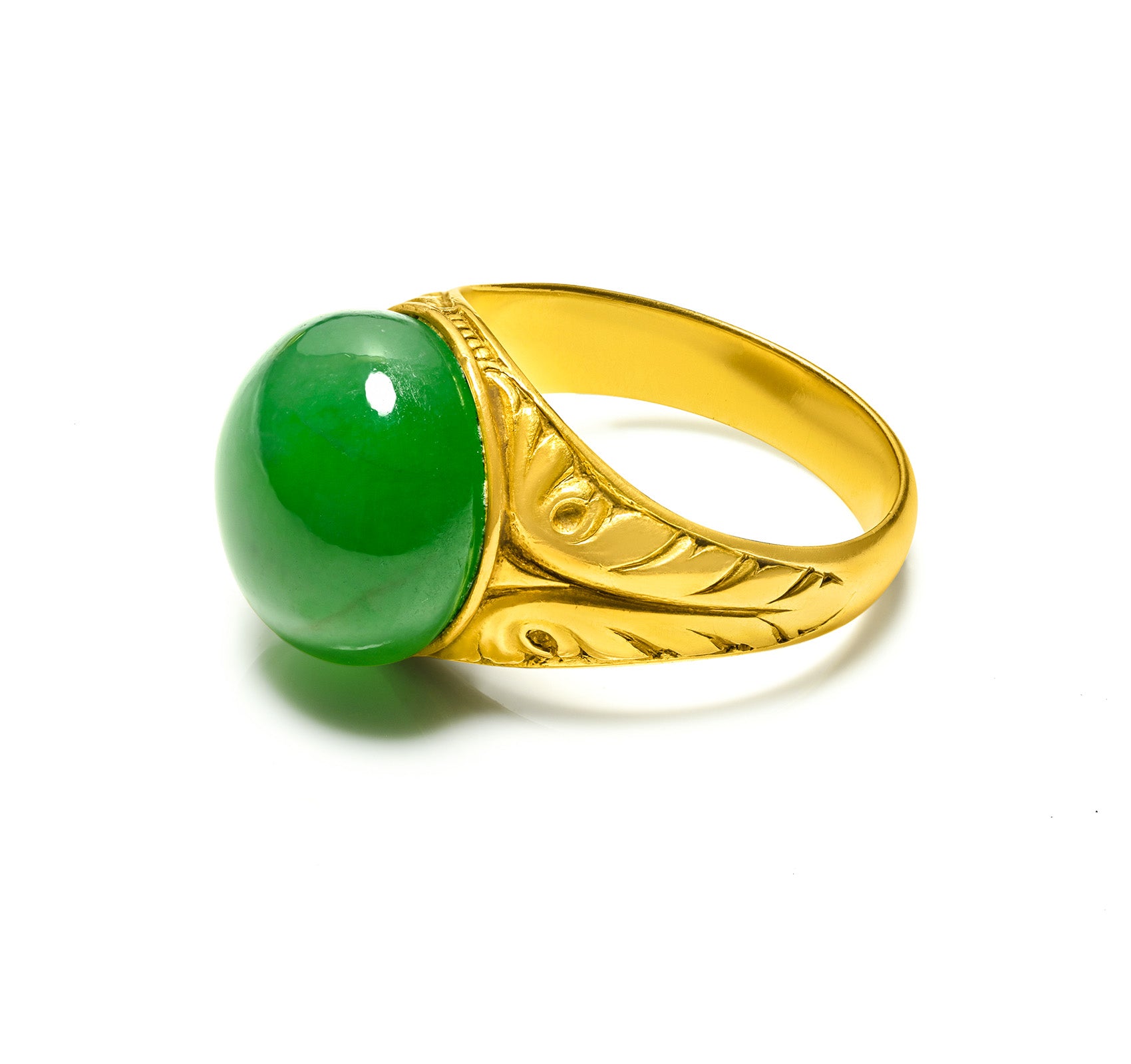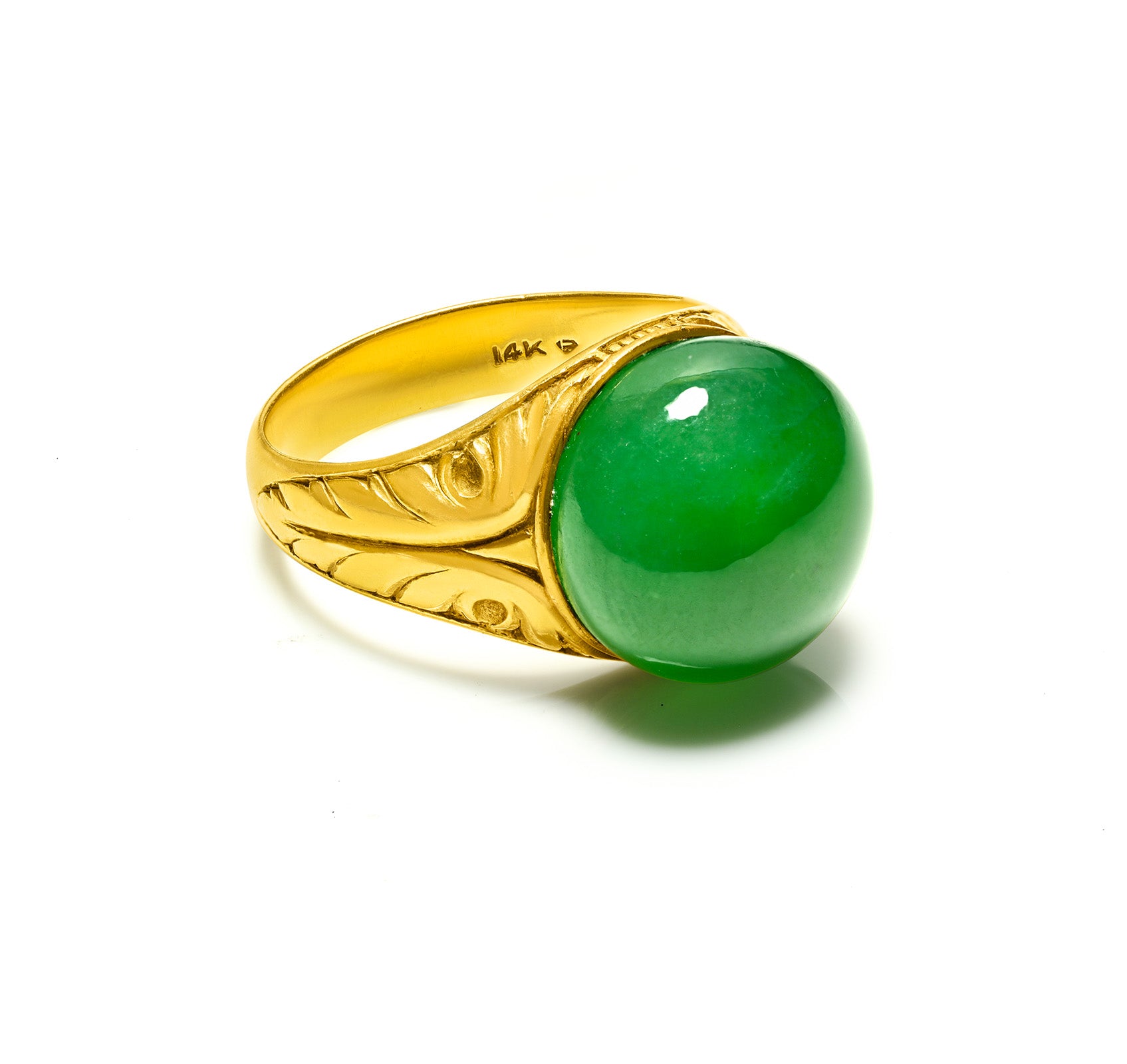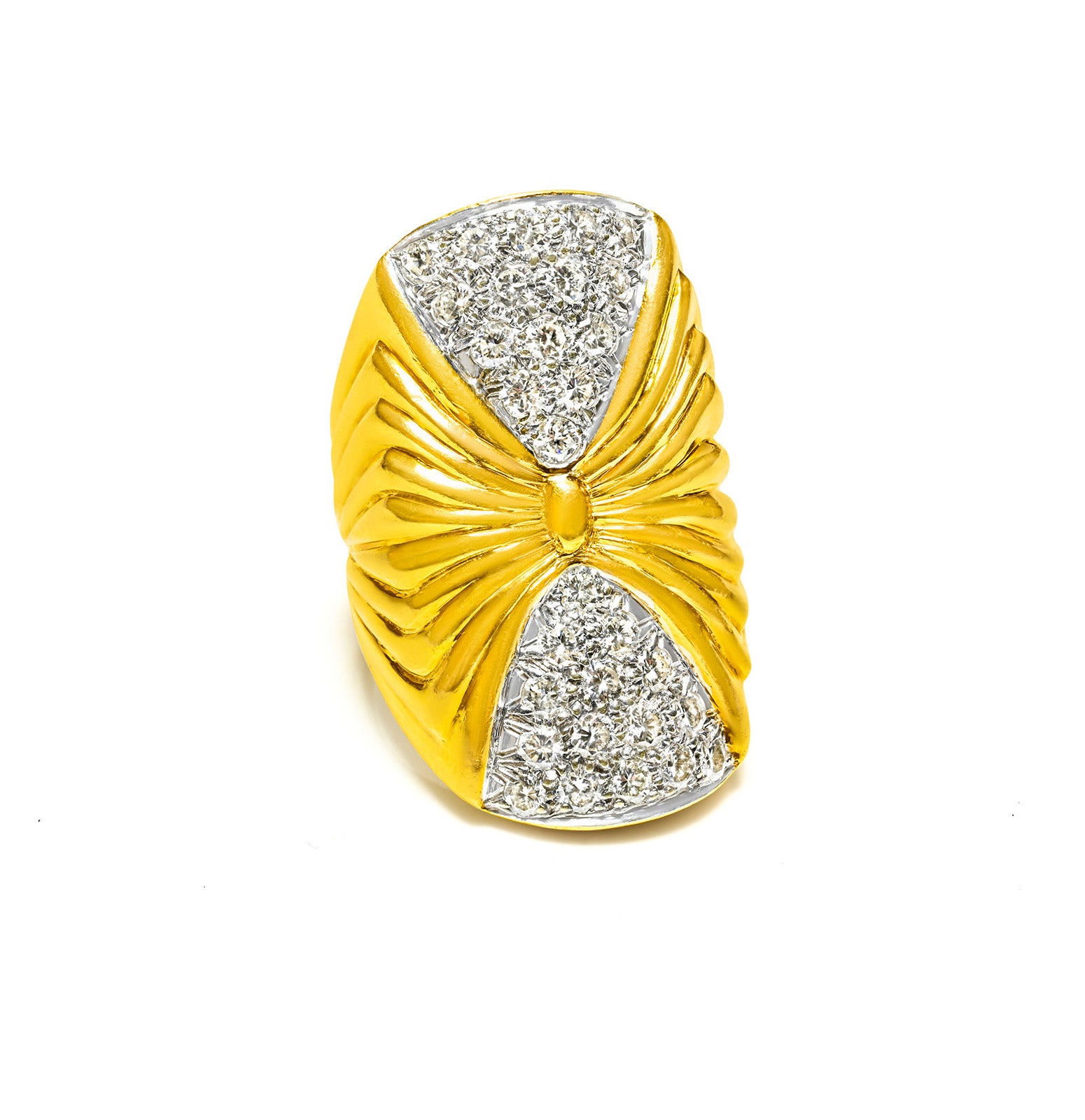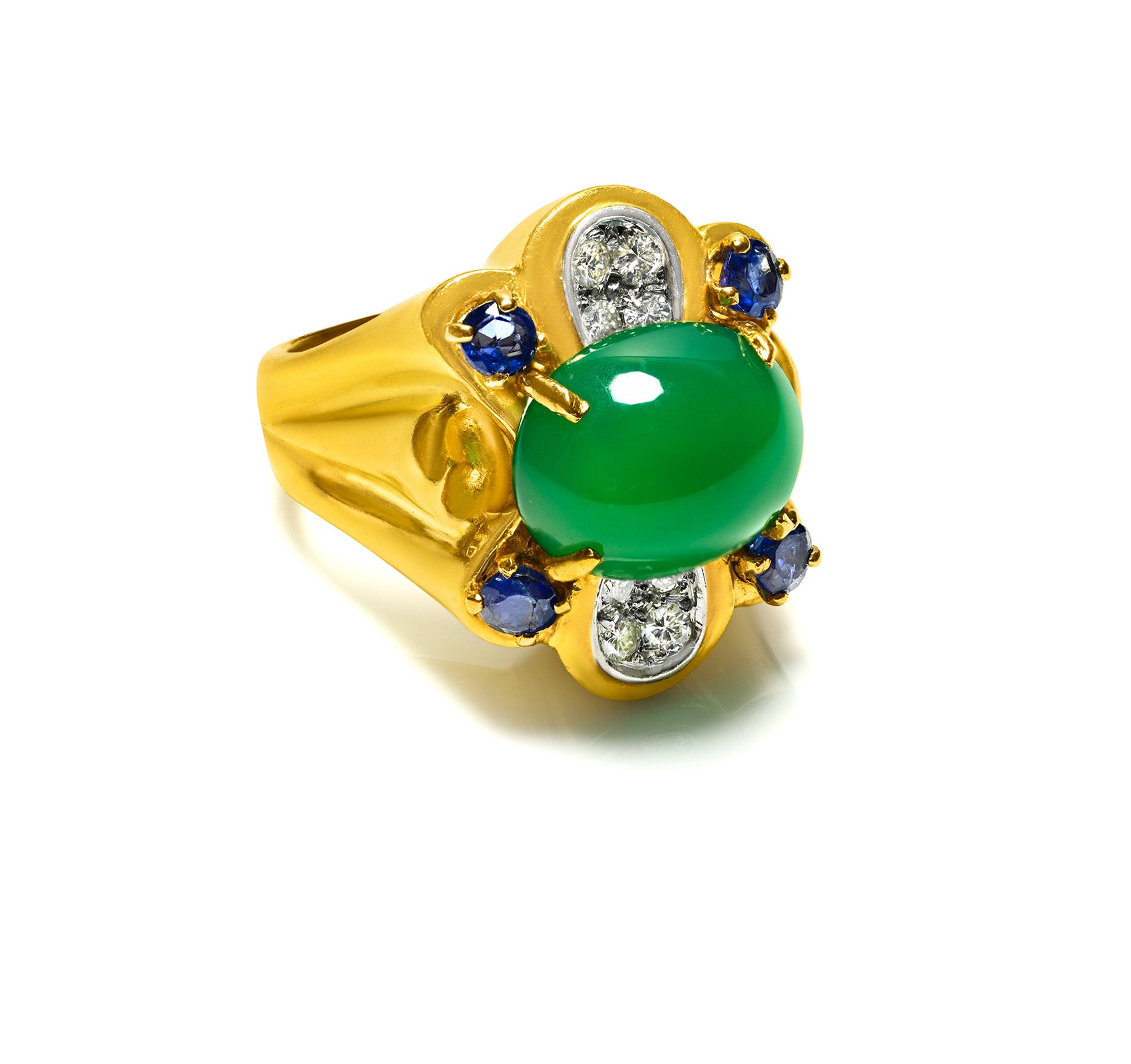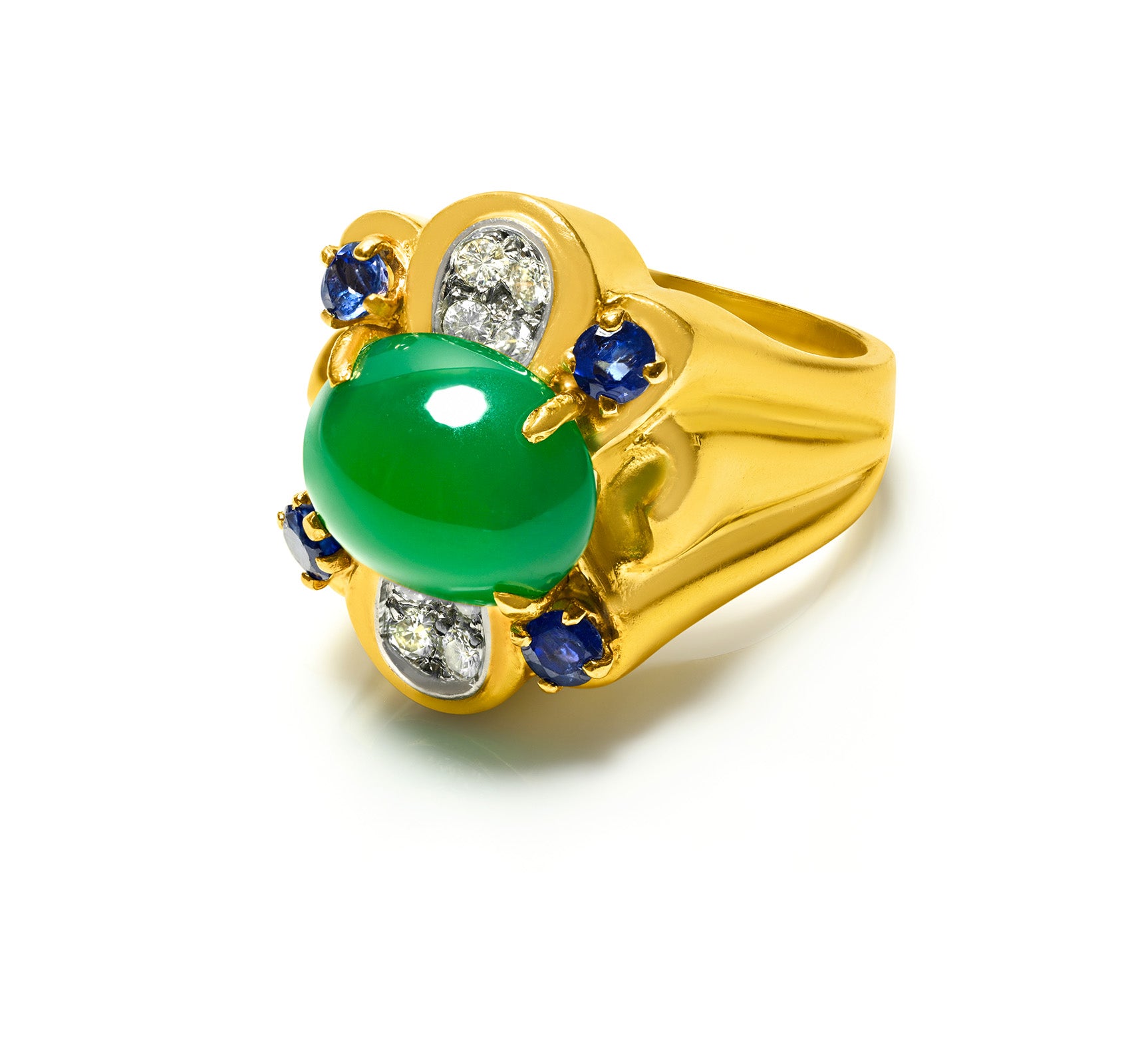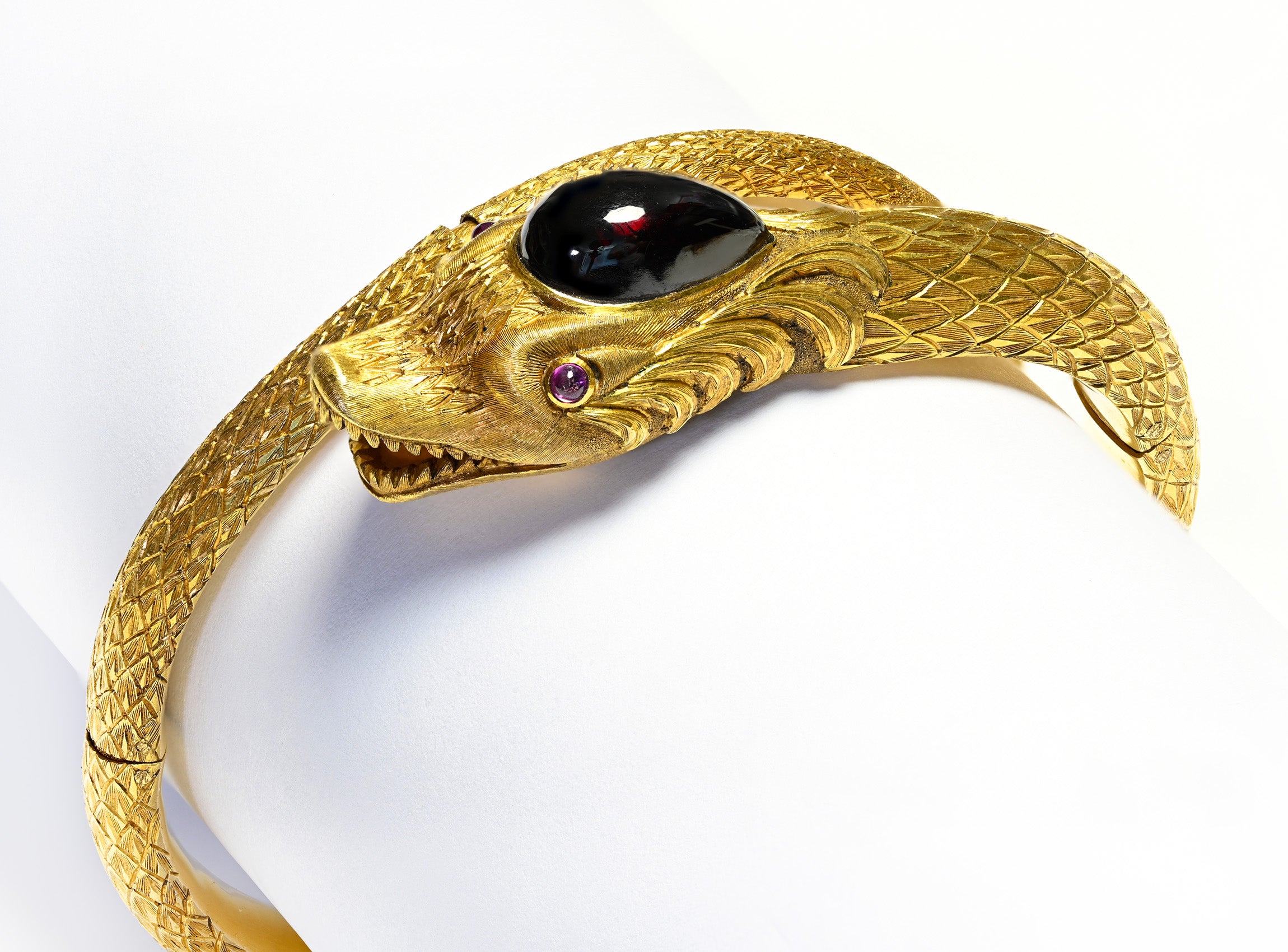
The Mysterious Leonardo Da Vinci And His Anagrams
The enigmatic genius Leonardo Da Vinci has fascinated people for generations and is still shrouded in mystery.
His penchant for mystery and magic was a great challenge to the authorities of his time, who also brought serious charges against him, and the "Officers of the Night" - as the members of the "Vice Police" of Florence were called during the Renaissance - kept him under constant surveillance.
The same inclination is still greatly exaggerated today, in search of the sensational, an example being Dan Brown's controversial and highly marketable "The Da Vinci Code".
Leonardo Da Vinci - The Renaissance Emblem
Everything mysterious about the heyday of the Italian Renaissance, including the famous Shroud of Turin, is attributed to Leonardo Da Vinci.
Born on April 15, 1452, in Anchiano/Vinci, Italy, the future universal genius was an illegitimate son, a situation which, according to the canons of the time, prohibited him from enrolling at university!
Despite this prohibition, as we know, Leonardo da Vinci was a painter, sculptor, architect, and scientist, in all of which he demonstrated his undeniable genius.
A universal man of culture, artist, scientist, and inventor, Leonardo represents the universalist spirit of the Renaissance and remains one of the most important men of that era.
A year before his death, Leonardo da Vinci wrote in his notes these prophetic words: "Io continuero", which means "I will endure".
The Mysteries Of Mona Lisa
Of all his surviving works, the painting known as "Gioconda" or "Mona Lisa" attracts the supreme admiration of specialists and the general public alike.
But it is not only the exquisite grace with which this portrait was painted that arouses continuing interest but also the mystery that hovers over the woman with her famous smile.
Countless things have been said about the smiling heroine and detailed research has been made among the nobility contemporary with Leonardo da Vinci, and it seems that there was an Italian lady by the name of Mona Lisa.
The problem is that if she had indeed commissioned the portrait from the artist, then the painting should have eventual end up in her possession.
In fact, Leonardo began working on the painting in March 1503, constantly trying to perfect it and taking it with him on his travels. In fact, the painter of the Mona Lisa never left this painting for the rest of his life.
Yin and Yang
In October 1515, King Francis I of France entered Milan and, attracted by Leonardo da Vinci's strong personality, invited him to France, so the artist left Italy in the autumn of 1516 and settled in France, at the Château Amboise, in the small manor of Clos-Luce. He also died in France on 2 May 1519.
His extraordinary achievements lead to the hypothesis that Leonardo da Vinci knew just about everything that was known at the time, and then some.
Leonardo may also have been trained in Eastern and Far Eastern sciences, and, among other things, may have grasped the concepts of Yin and Yang, fundamental to Chinese philosophy and culture.
Basically, Yin and Yang are two spiritual concepts that originate in Chinese philosophy and metaphysics and represent the primordial and complementary forces that make up the Universe and all its components, Yin being the negative, dark, sad, passive, sober, feminine, introverted, intimate and night element, and Yang being the positive, bright, happy, vital, active, shining, masculine and day element.
Yin is often symbolized by water and earth, while Yang is symbolized by fire and wind.
Mona Lisa - An Anagram?
So here we are closer to the meaning of Leonardo da Vinci's emblematic portrait of a man in a female pose, which also demonstrates the common features of the painter's self-portrait and that of the Mona Lisa.
Incidentally, for those initiated into anagrams, MONA LISA can also be read as MON ALIAS, which in French means "My Alias" or, more metaphysically, "Alter Ego". As we can see, Leonardo himself thus confesses that "Mona Lisa" does indeed represent himself.
In modern Europe, it was not until 1903 that the Austrian philosopher Otto Weininger published a controversial volume, "Sex and Character", in which, taking Kant as his starting point, he attempted to prove scientifically that all human beings are composed of a combination of two substances, male and female.
Evidently, the "Officers of the Night", who were constantly watching Leonardo, were far from such subtleties.
Other Leonardo Da Vinci Anagrams
Some experts have come to the conclusion that MONA LISA is an anagram, after anagramming the other name of the painting, GIOCONDA, which can also be read as "ICONA DI DAGO", meaning "Icon (Effigy; Face; Portrait) of Dago".
To clarify the issue, in the Renaissance, "dago" was the nickname of an Italian who emigrated, as was Leonardo in France, and in today's American and Australian English, "dago" is an Italian, Hispanic, or the other Mediterranean, or a descendant of them immigrated to the US or Australia.
Anagrams were highly appreciated in the Renaissance. As an example, another prominent Renaissance man, the Frenchman Francois Rabelais, anagrammed his name, thus composing a pseudonym, Alcofribas Nasier, under which he also signed some of his works.
Closer to our time, the famous French writer Boris Vian also anagrammed his name, obtaining several pseudonyms, including Bison Ravi "Delighted Bison", Baron Visi, and Brisavion, phonetically - "Smash the Plane"!
Returning to Leonardo da Vinci, of course, even by unraveling the two anagrams of his famous painting, other mysteries will continue to shroud him, keeping him in the spotlight, as indeed he deserves.



